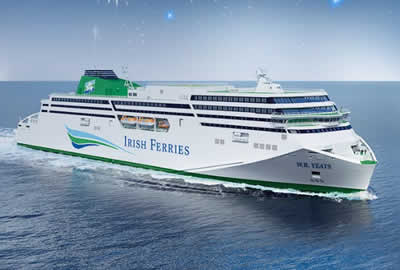Our spotlight story this week was another ‘Splish, Splash, Splosh’ adventure: the delightful story of Mr Gumpy’s Outing by John Burningham which you can revisit here:
Teacher’s Notes
There are 12 characters in the story, so we used a large, empty egg box (with spaces for 12 eggs) as Mr Gumpy’s boat to help us retell the story. As we went through the story, we put each of the characters into the empty spaces, thinking about how many spaces had been filled and how many were left. You might like to have a go at home – don’t worry if you don’t have all the different toy animals – you could use bottle tops or buttons or anything else you have that will easily fit into the egg sections. The best part of the story is when the boat tips into the water and, of course, this is a fun part to retell with your egg box and its contents.
Next, we wondered if we could have a go at retelling the story in the water tray. I asked the children if they thought an egg box would make a good boat and several were quick to point out that cardboard is probably not the best material to use for a boat as it “breaks in water”. We decided this is because cardboard is not waterproof and absorbs water. We had a think about the sort of materials that are waterproof and decided that plastic and metal might be better. And indeed, Mrs Mooney told us about travelling to Ireland on a car ferry that was made of metal.

We don’t have any metal in our junk modelling area, but we do have plenty of plastic, so we set ourselves the challenge of designing and making our own boats thinking carefully about the different 3D shapes we could use to bring our designs to life.


We then headed into the outdoor classroom to test out our designs in the water tray. The children used all sorts of impressive scientific vocabulary (e.g. float, sink, test, absorb) and questions (I wonder if, what if I, how can I get it to…) as their boats set sail. And, of course, they had to check their prediction that cardboard breaks in water – surprising themselves with just how quickly it does so. They were also fascinated with how difficult it is to create a submarine…






We also learnt another ‘special friends’ sound: ‘oo’ as in zoo, moo and, of course, poo! Here is the picture prompt and saying that goes with this sound:

We hope everyone is having a lovely weekend, see you on Monday!



























